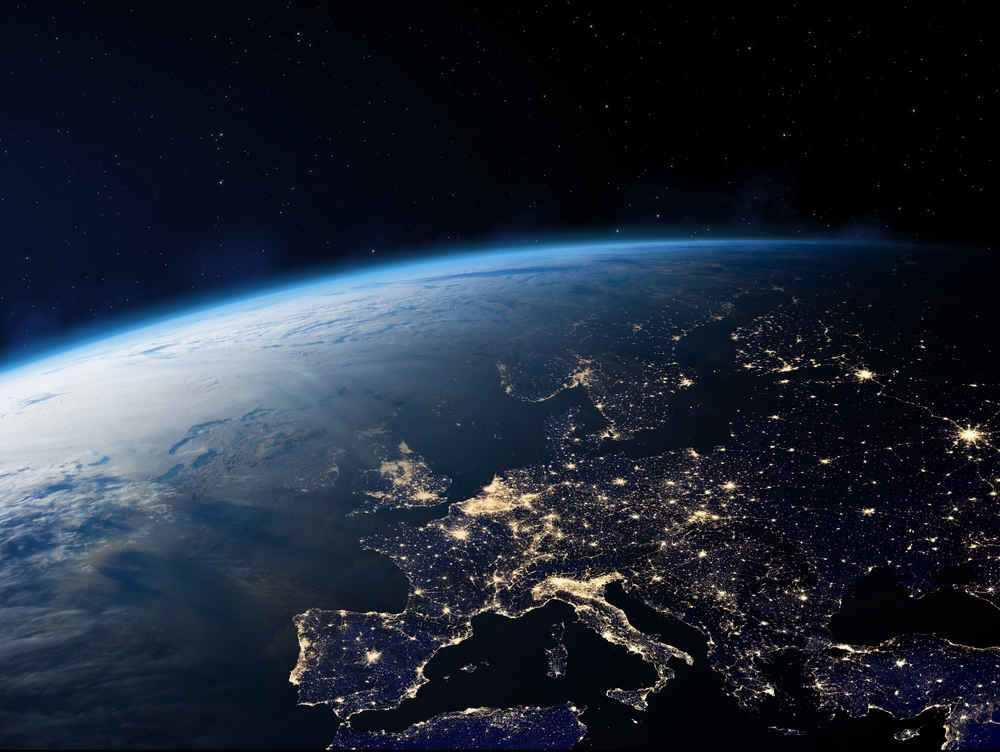For as long as humans have looked to the skies, the idea of mysterious visitors from beyond the Solar System has captured the imagination.
Others are reading now
Scientists now believe such travelers arrive more often than once thought, and some may even strike our planet.
A new study offers a closer look at where and when these interstellar objects could hit Earth, showing that some regions are slightly more exposed than others.
Tracing visitors from deep space
Astronomers have so far identified only three confirmed interstellar objects: 1I/‘Oumuamua in 2017, 2I/Borisov in 2019, and 3I/Atlas, which is currently moving through the inner Solar System.
Researchers think that thousands more may have passed through unseen over billions of years.
According to Universe Today, a team led by astrophysicist Darryl Seligman from Michigan State University ran simulations to understand how some of these objects might cross Earth’s path.
Also read
Their paper, published on arXiv.org, focuses on what the authors call “the distribution of Earth-impacting interstellar objects.”
Patterns in their approach
The scientists found that interstellar debris is most likely to come from two directions: the solar apex, which is the direction the Sun moves through the galaxy, and the galactic plane, the dense region where most stars are found.
“Interstellar objects tend to impact the Earth in the directions of the solar apex and the galactic plane,” the authors write.
They found that objects arriving from these directions appear about twice as often as from elsewhere.
Although fast-moving objects are common in these regions, the team found that slower bodies are more likely to collide with Earth because the Sun’s gravity can alter their paths more easily.
Seasonal and regional differences
Also read
The simulations showed that impacts are not evenly spread through the year. Faster objects are more likely to approach in spring, when Earth is moving toward the solar apex.
Potential collisions are slightly more frequent in winter, when our planet faces the opposite direction.
Latitude also matters.
The research suggests that low latitudes near the equator are most exposed, while impacts are slightly more common in the Northern Hemisphere.
“Interstellar objects are more likely to impact the Earth at low latitudes close to the equator,” the team wrote.
What the study means
Also read
The research does not attempt to predict how many interstellar collisions have occurred or will occur. Instead, it outlines where astronomers should look for future impacts and how likely they are to happen in different parts of the sky.
The authors say their results will help guide observations by the Vera Rubin Observatory and its Legacy Survey of Space and Time, which are expected to find many more interstellar visitors once operational.
As Universe Today noted, scientists are only beginning to understand how often objects from beyond our Solar System might come close to Earth.
This article is made and published by Kathrine Frich, who may have used AI in the preparation


